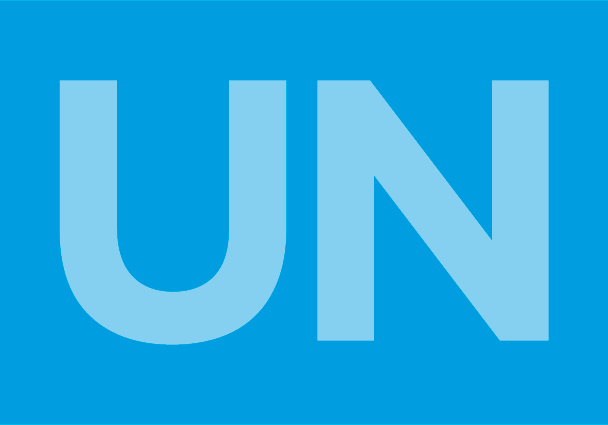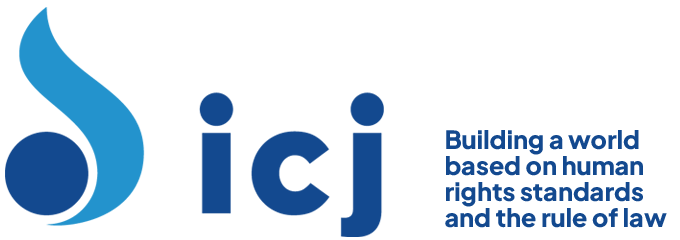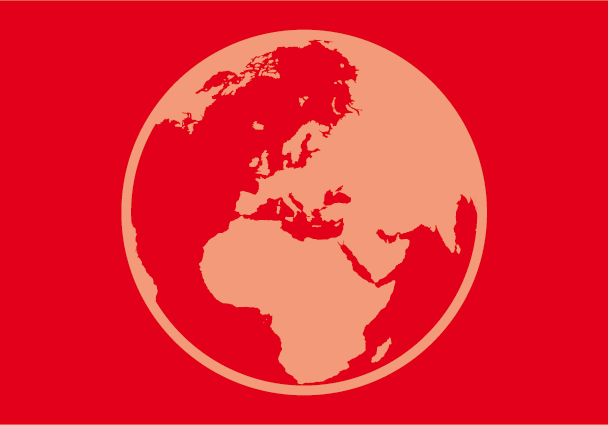 A new ICJ report assesses that the United Nations Human Rights Treaty Body System has developed empirically, without clear vision of the intended role for the system as a whole.
A new ICJ report assesses that the United Nations Human Rights Treaty Body System has developed empirically, without clear vision of the intended role for the system as a whole.
As a result, individual treaty bodies exercise often different and distinct functions and do not operate through the uniform working methods. Only incremental reform initiatives have been possible so far, including the one of harmonizing the reporting guidelines for the common core document and focused periodic reports.
With the increase in number of States parties and reporting burden, establishment of the ninth treaty body and continual differences in function and operation of individual committees, the system reaches its limits both in terms of serviceability and effectiveness. The systematic reform has yet to take place to establish holistic and integral treaty body system.
Central is the question how to ensure equal implementation and standardized monitoring of all human rights obligations.
The ICJ suggests some of the key functions for the future treaty body system to become more effective, visible and accessible.
One of the essentials is to increase the treaty body system’s capacity to deal with urgent country situations, including through the system of early-warning and urgent action procedures and a set of targeted country visits.
Reform of the United Nations Human Rights Treaty Body System-Thematic reports-2008 (full text, PDF)

